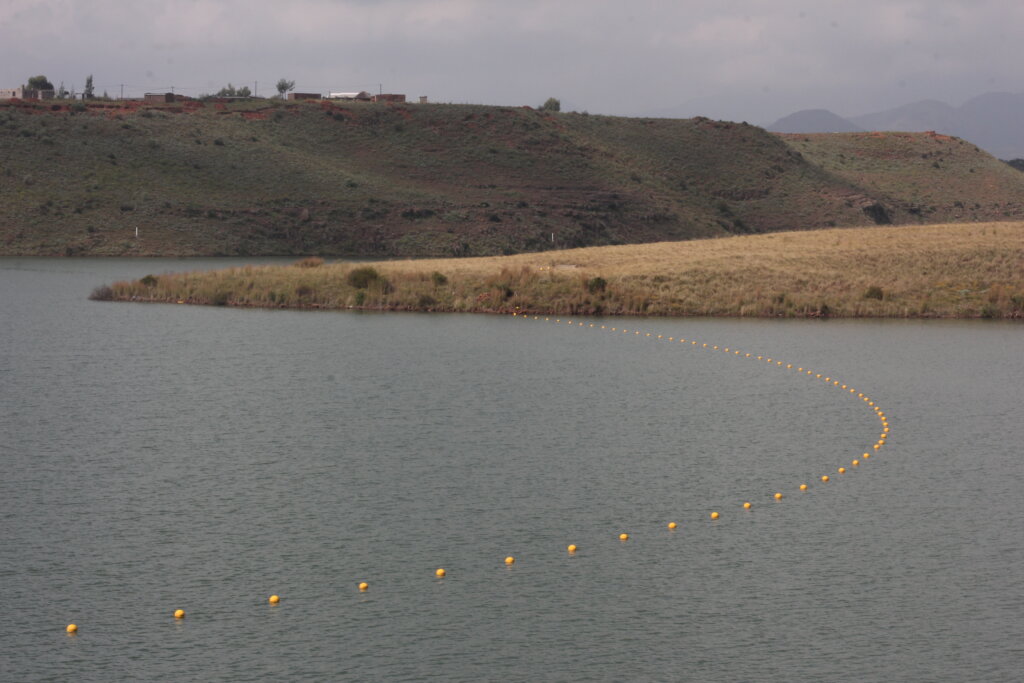El cambio climático ejerce cada vez más presión sobre los recursos naturales, amenazando a la humanidad y a la naturaleza. Riesgos relacionados con el agua are an example of this: in many parts of the world, scarce and continuously declining availabilities of water cause major concerns such as drought, while in other places, too much water causes great disturbance in the form of floods. Overall, climate change is expected to decrease water supply, alter the timing of water availability, and increase the severity of both droughts and floods, hitting already vulnerable communities the hardest. These threats to the environment and local populations require ambitious measures in response – and preparation.
La disponibilidad de datos sobre los recursos hídricos mundiales tiene un papel que desempeñar en la gestión de estos retos. Por ello, con Google.org financiación, DeltaresEl Instituto de Recursos Mundiales (WRI) y la Fondo Mundial para la Naturaleza (WWF) han unido sus fuerzas para desarrollar la Observatorio Mundial del Agua. This platform provides free, globally accessible, near-real-time information on water availability in over 70,000 global reservoirs and major river systems, derived using satellite data, machine learning, and cloud computing. While there is often a focus on the correlation between drought and precipitation in anticipatory action research and operations, the relevance of information on available water storage can be overlooked. The Global Water Watch could change this, by providing easy-to-access information on water storage globally which allows for predictions of drought occurring, and appropriate anticipatory measures, ahead of time. In the tool’s ongoing development, thanks to funding from the Agencia Espacial Europea (ESA), Deltares y 510, la iniciativa digital y de datos de la Cruz Roja Holandesa, colaboran para generar nuevas mejoras mediante la puesta en práctica de la supervisión del almacenamiento de agua y la investigación de la utilidad de esta información para fines humanitarios.

“Global Water Watch may provide essential information in areas that strongly rely on surface water resources for, for example, food production or drinking water supply. If drought occurs in a remote area, Global Water Watch should be able to detect this at an early stage, provide key insights into the amount of available water, and potentially inform stakeholders such as the Red Cross.” – Hessel Winsemius, hidrólogo jefe de Deltares
Se espera que la herramienta facilite la respuesta ante fenómenos meteorológicos extremos, la gestión de los riesgos relacionados con el clima y la resiliencia de las sociedades ante el cambio climático. Aquí es donde entra en juego la 510: en estrecha colaboración con los desarrolladores del Global Water Watch, hemos entablado un diálogo con varias Sociedades Nacionales de la Cruz Roja y de la Media Luna Roja activas en la acción anticipatoria y la gestión del agua para comprender sus necesidades y garantizar que la herramienta final las satisfaga. Al incorporar estos conocimientos, el Observatorio Mundial del Agua tiene el potencial de convertirse en una herramienta pionera entre las utilizadas por los profesionales de la acción anticipatoria en el sector humanitario para predecir la sequía y proteger en consecuencia las vidas y los medios de subsistencia de las poblaciones afectadas.
Predecir y reducir el impacto de la sequía en Lesotho
Uno de estos diálogos se celebró en Lesotho, where inconsistent rainfall, a hot, dry climate and intense drought are making the country’s population increasingly vulnerable. A shortage of permanent surface water over large parts of the country has turned water into a scarce resource, exposing local communities to food insecurity due to crop failure and unproductive rangelands. The Lesotho Red Cross Society is closely involved in water management to mitigate such risks and protect people from their impact. To test the usefulness of the Global Water Watch for these purposes, a delegation from the 510 team undertook a visit to Lesotho in March 2023. Discussions with the National Society and other stakeholders such as the Lesotho Ministry of Water contributed to a better understanding of current tools used to inform decision-making in this context, allowing for conclusions on where the Global Water Watch could fit in. This visit inspired ongoing conversations on global and local levels about how water storage data can inform anticipatory action. Guided by these conversations, the tool has undergone further technical improvements.

“This initiative has been an eye opener to the National Society and the government partners overall. Global Water Watch provides useful information that can support programming with the aim of helping the most vulnerable.” – Sebongile Hlubi, Coordinador de Acción Anticipatoria y Preparación de la Cruz Roja de Lesotho
What’s next?
Aunque ya está avanzado y listo para su uso en múltiples contextos, el desarrollo del Global Water Watch está en constante evolución. La plataforma seguirá ampliándose en un futuro próximo. Los principales desarrollos previstos para los próximos años son mejorar la precisión y la información sobre la incertidumbre de los embalses monitorizados existentes, permitir a los usuarios añadir o sugerir la monitorización de nuevas masas de agua y predecir la disponibilidad de agua en los próximos meses.
Queremos conocer su opinión.
¿Quiere saber más sobre este proyecto? Póngase en contacto con
Coordinador técnico del proyecto, Surface-2-Storage: Daniele Castellana dcastellana@redcross.nl
Asesor, Acción Anticipatoria: Marc van den Homberg mvandenhomberg@redcross.nl